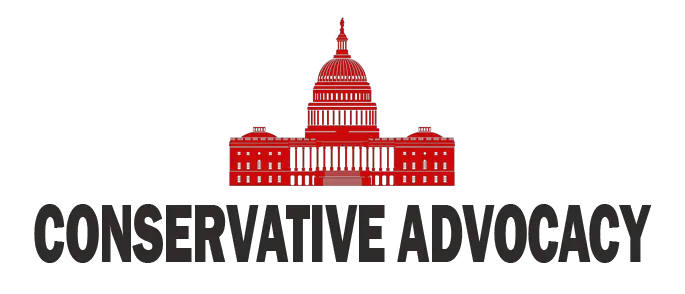In recent developments, Iran’s Supreme Leader has boldly stated that there is no solution to the standoff with the United States, claiming that the Islamic Republic will never back down. These comments came a little over two months after the United States conducted airstrikes on Iran’s nuclear facilities. The Supreme Leader seemed almost theatrical in his assertions, suggesting that U.S. officials were so confident the attack would cause panic among the Iranian people that they had already started plotting who would lead Iran after the supposed fall of the Islamic Republic. Apparently, they even assigned a king in their imaginations!
Meanwhile, the situation surrounding nuclear inspections in Iran is murkier than a muddy pond. The Director General of the International Atomic Energy Agency (IAEA) revealed that following the U.S. airstrikes, inspectors had to evacuate the country. Inspections are crucial to ensure that Iran complies with international agreements regarding its nuclear ambitions. The good news is that discussions are underway to allow inspectors to return and recommence their monitoring duties. The Director General noted the complexity of the situation, emphasizing that many within Iran view the inspectors as a threat to their sovereignty.
It’s a bit like trying to convince a cat to take a bath—there’s a lot of hissing and scratching, and maybe not enough treats to make it happen. The pathway for IAEA inspectors to return involves ironing out a few details with the Iranian government. Some facilities were damaged in the attacks, while others were left untouched, making the logistics of inspections a bit tricky. However, there is optimism about the potential for the IAEA team to resume its critical work.
Washington is taking a keen interest in these negotiations. The U.S. administration is reportedly engaged in discussions with the IAEA about the possibility of resuming bilateral negotiations with Iran, especially in light of the complicated relationships involved—including Israel’s position. The Trump administration had largely stepped back from engaging with Iran, leaving room for European nations to push ahead in their initiatives. Balancing these intricate dynamics can feel like walking a tightrope while juggling flaming torches—one wrong move, and it could all come crashing down.
As the situation unfolds, the effectiveness of international diplomacy will be put to the test. The conversation around snapback sanctions—measures that can swiftly be re-imposed if Iran strays from compliance—remains a hot topic. European nations are debating how long Iran should be given to return to compliance, and that discussion is intertwined with the condition of the IAEA’s inspection work. The presence of international monitors is considered vital for facilitating serious negotiations and ensuring that things don’t fall apart like a poorly constructed house of cards.
In the end, the stakes are high, and the world is watching as Iran contends with its options while international players sift through the rubble—both literal and metaphorical—of the conflict. It remains to be seen how this complicated drama will unfold and whether diplomacy will reign supreme or if more escalation is on the horizon. Stay tuned, as the weight of these events hangs heavily on the world stage!




